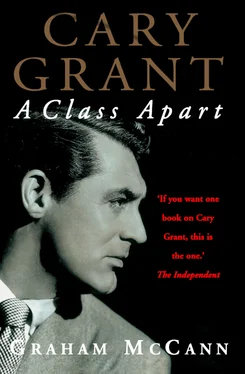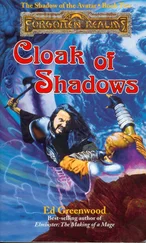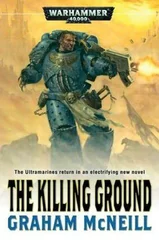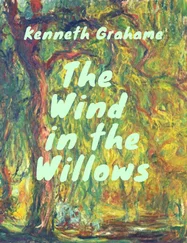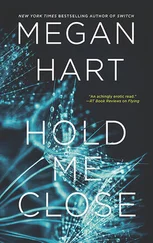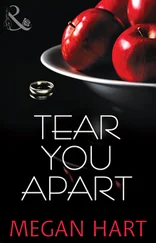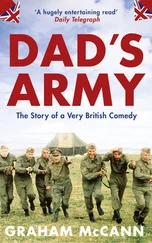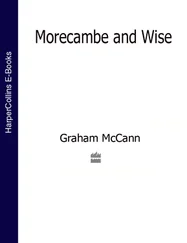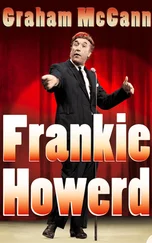1 ...8 9 10 12 13 14 ...21 I’d been to the Palace to see the Marx Brothers, billed as the ‘Greatest Comedy Act in Show Business; Barring None’. I noticed that Zeppo, the young handsome one, the ‘straight’ man, the fellow I copied (who else?) wore a miniature, neatly tied bow tie. It was called – hold onto your chair – a jazz bow. Well, if that was the fashion, it was at least inexpensive enough for me to follow. 19
The over-eager series of restylings did little to help him find regular work. After a few barren weeks, he was forced to start using up the ‘emergency money’ given to him by Pender for a return passage to England. 20 He had, however, during his search for the right kind of shows, managed at least to meet the right kind of people; Pauline Kael has suggested that he must have been ‘an incredible charmer’, 21 because he was just eighteen, admittedly tall and good looking, yet found himself invited to a number of exclusive dinner parties in the company of the wealthy and famous. On one such occasion, as the escort of the opera singer Lucrezia Bori, 22 he met George C. Tilyou, 23 whose family owned and operated the Steeplechase Park on Coney Island. The meeting resulted in a job: Tilyou hired him to walk around Coney Island on six-foot-high stilts while wearing a bright-green coat and jockey cap, long tube-like black trousers and a sandwich board advertising the race-track. If, in retrospect, the image of Cary Grant on stilts seems somewhat incongruous, one should also note that the image of, say, Ronald Colman, Rex Harrison or David Niven on stilts seems simply incomprehensible; Archie Leach, with his working-class background and his music-hall training, was, among all of the future Hollywood British, uniquely suited to the potential harshness of life in New York in the twenties. ‘If I hadn’t been badgered, cajoled, dared, bullied and helped into walking those high stilts when I was a boy in the Pender troupe, I might have starved that summer – or gone back to Bristol.’ 24 The pay was forty dollars per week, which provided him with some steady cash while he searched for further vaudeville bookings. Another short-term scheme to earn money involved selling neckties hand-painted by his friend John Kelly (who later achieved fame as the Hollywood designer, Orry-Kelly).
He was experiencing other anxieties during this period. There seems – judging from the (incomplete) correspondence which has been preserved between Archie Leach and his father, Elias – to have been an ongoing series of increasingly acrimonious exchanges between Archie and Bob Pender. Elias Leach, in a letter to his son, refers to ‘the rumour of Mr. B. Pender action towards you’; he advises his son to ‘try and get in touch with the national vaudeville artists institute and ask them if they take up such cases as yours [if Pender] tries his game on’. 25 Judging from this letter, it seems that Pender may have attempted to force Archie to return the money he was given for his return fare back to England. It is not inconceivable, however, that Archie Leach, having spent at least part of this sum, was more concerned about the possibility that his father might discover that his account of his dealings with Pender had not been entirely truthful. Elias, rightly or wrongly, accepted his son’s version of events, and reassured him that ‘if I get any letters from B. Pender or anybody else from New York I will do as you have asked me to do and not take any notice of them’. 26 Elias (who had just become a father again and was struggling to support his new family) also thanked Archie for ‘another ten shillings note’, 27 which suggests that the pressure on Archie Leach to find more lucrative forms of employment was particularly great at this time.
At the end of the summer, Leach and other former members of the Pender troupe heard that the director of the New York Hippodrome, R. H. Burnside, was planning another extravagant variety show, Better Times , which would accommodate an act similar to that of the Penders. They began to practise together, and, in September, they returned to the Hippodrome for the new season, calling themselves ‘The Walking Stanleys’. 28 When Better Times closed, the troupe prepared a new vaudeville act which toured the Pantages circuit of theatres during 1924, travelling through Canada to the West Coast (giving Leach his first, brief, tantalising glimpse of Southern California) and back across the United States.
Upon returning to New York, the troupe disbanded. A few more went back to England, disenchanted after another exhausting and relatively poorly paid tour. 29 Archie Leach, however, once again, stayed on, living at the National Vaudeville Artists Club on West 46th Street ‘where I was again permitted to run up bills while trying to run down jobs’. 30 The Club was a good place for making contact with other – often much better-known – performers, and, sometimes, substitute for them on stage. Leach had to improvise with little or no time for rehearsal or reflection. He worked in juggling and acrobatic acts; he had a short spell as a unicycle rider; in the guise of ‘Rubber Legs’ (a self-explanatory pseudonym that owed much to his years as a stilt-walker) he played in several comic sketches; he also appeared as ‘Professor Knowall Leach’ in a mind-reading act; and he was a straight man for a number of comics. The most memorable engagement that he secured at this time, he told people, was a spot as a straight man with Milton Berle in a variety show at Proctor’s Newark theatre. Also on the bill was one Detzo Ritter, a man who wrestled with himself on stage, spinning himself through the air, locking himself into an agonising half-nelson before pinning himself, exhausted, to the mat for a spectacular finale. 31 Archie Leach’s sense of the absurd – which was already fairly pronounced – could not have remained unaffected by such sights: ‘The experiences were of incalculable benefit because it was during these one – and two-day engagements that I began learning the fundamentals of my craft.’ 32 It was the kind of work that demanded a considerable degree of self-discipline; there was no room for egotism. Archie Leach was learning how best to husband his own energy; it was, indeed, probably from this period that he started to acquire the lasting reputation as a man who took direction well and did not exert himself to assert himself needlessly at the expense of others.
He learned a great deal from studying the best acts, such as George Burns and Gracie Allen, night after night, when they performed in New York:
George was a straight man, the one who would make the act work. The straight man says the plant line … and the comic answers it … The laugh goes up and up in volume and cascades down. As soon as it’s getting a little quiet, the straight man talks into it, and the comic answers it. And up goes the laugh again. 33
Archie Leach had stage experience, but only as a silent performer of physical comedy routines; he had not yet had cause to speak, but he was now, gradually, learning the techniques essential for verbal humour. As a straight man, he learned, in front of an audience, the importance of timing: ‘When to talk into an audience’s laughter. When not to talk into the laughter. When to wait for the laugh. When not to wait for the laugh. When to move on a laugh, when not to move on a laugh.’ 34 As his performances improved, and he became more experienced and self-assured, he received more bookings; he once said that he felt at this time that he had played ‘practically every small town in America’. 35 The sheer variety, in terms of venue and composition and mood of audience, gave him further invaluable education in the art of comic technique:
Doing stand-up comedy is extremely difficult. Your timing has to change from show to show and from town to town. You’re always adjusting to the size of the audience and the size of the theater. We used to do matinees, supper shows, and late shows … the response would change from night to night and from town to town. The people in Wilkes-Barre and the folks in Wilmington don’t necessarily laugh at the same things. 36
Читать дальше
